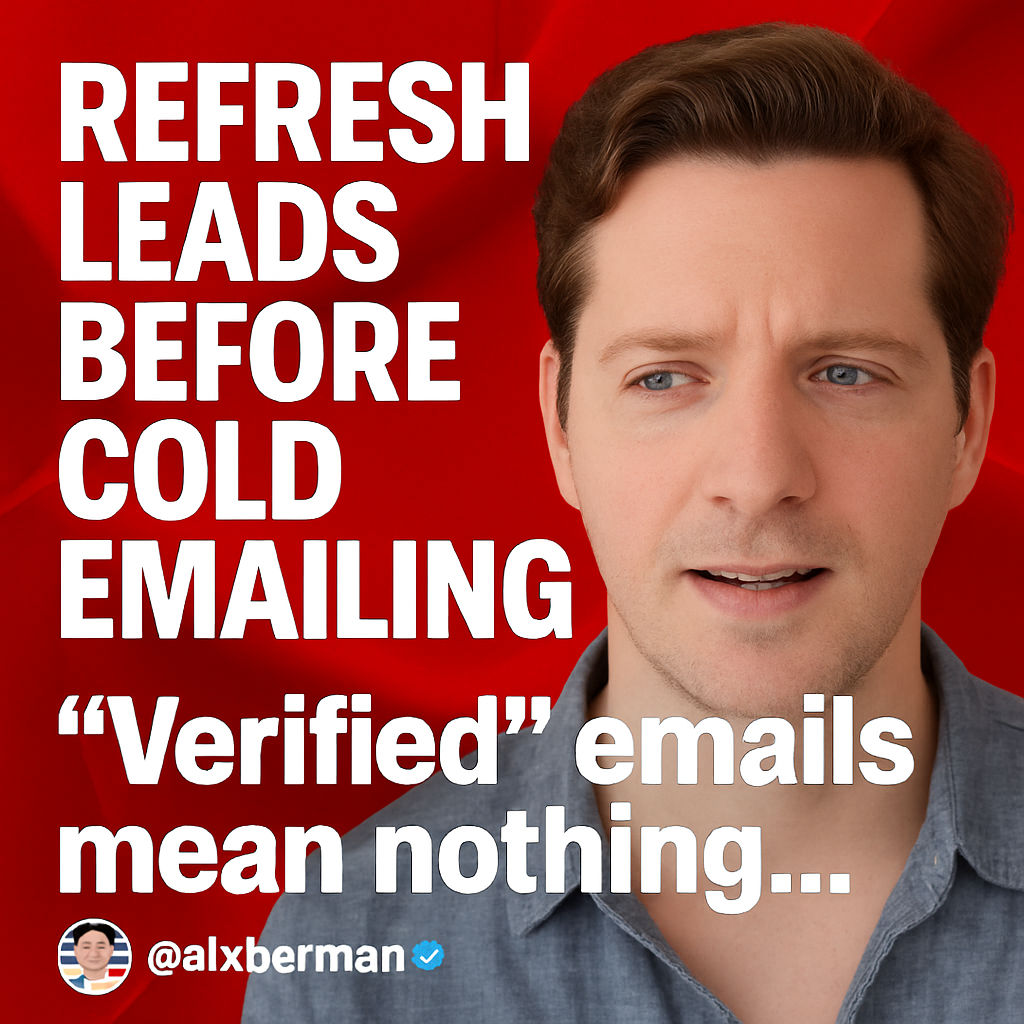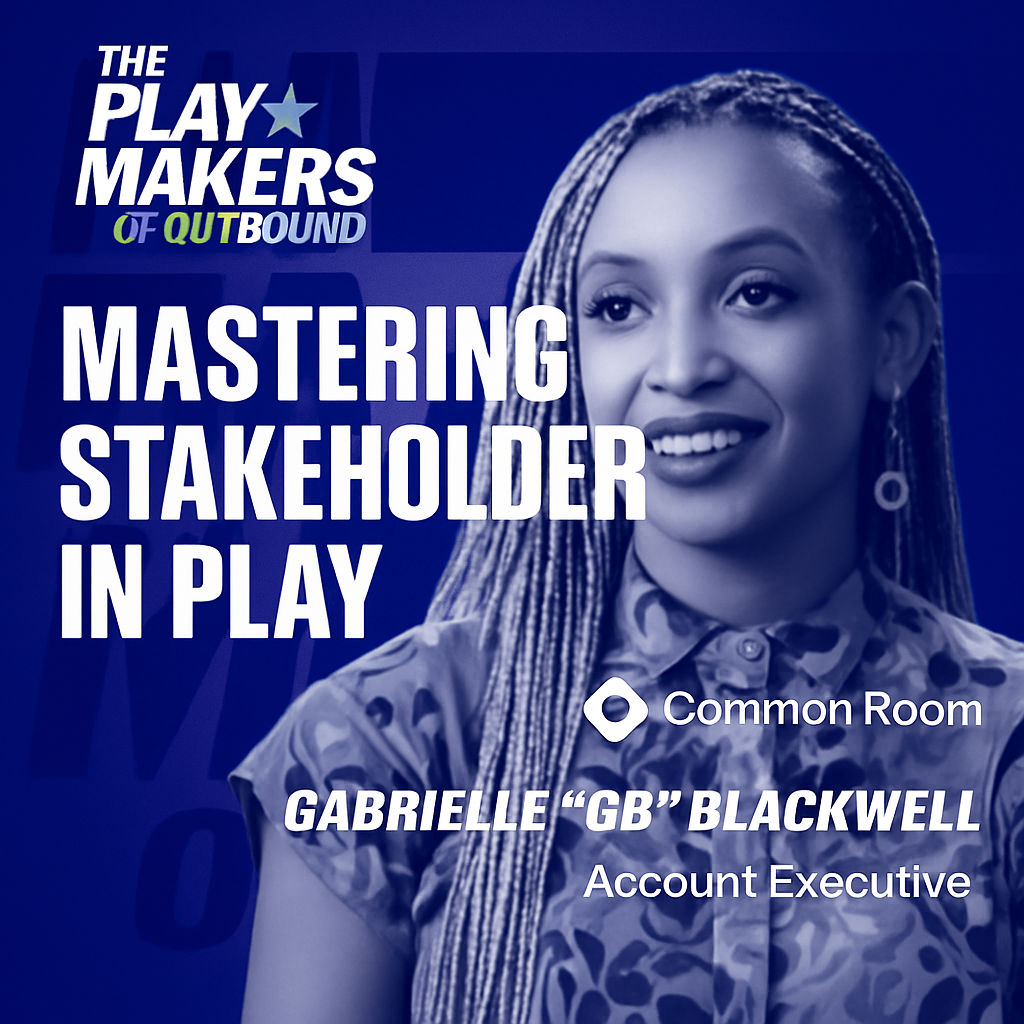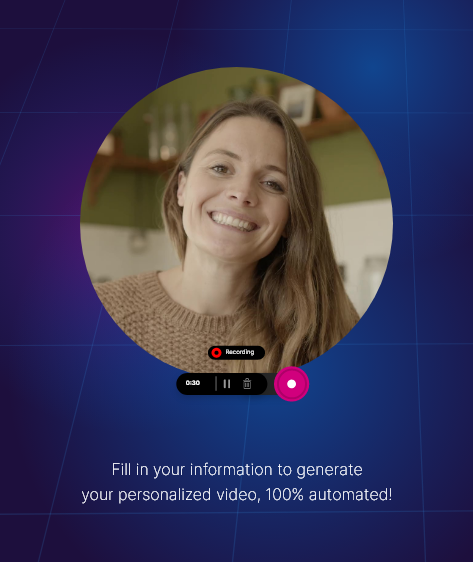Are you frustrated with cold emails bouncing back, or reaching dead inboxes of people who no longer work at your target companies? The problem is rarely cold email itself—it’s stale, outdated leads. In this guide, you’ll discover how to identify if your leads are stale before sending a single cold email and how to seamlessly replace bad leads with up-to-date, verified decision makers. This is the exact approach used to consistently reach the right people and dramatically improve email deliverability, open rates, and results.
Based on the original video:
Why Lead Freshness Drives Cold Email Success
The primary topic keyword, “identify if leads are stale before cold email,” directly impacts every metric in your outreach campaigns. Many believe that cold email is outdated or doesn’t work, but the reality is most failures come down to sending to the wrong people. Even if your lead list appears verified—with a green check mark or similar signal from your data provider—there is no guarantee those emails are current or executives still hold those roles.
Consider this—most lead databases advertise that they “refresh every hour” or claim their data is always up-to-date. But have you ever actually checked when your leads were last updated? Often, there’s no visible timestamp, and the “verified” status can be misleading. It isn’t uncommon for a contact who last worked at a company in 2019 to still appear as active in your list, even with a supposedly valid email.
Why does this matter?
- Bounced emails hurt your sender reputation, making all future cold emails more likely to go to spam.
- The time you spend sending emails to disengaged or nonexistent contacts is wasted effort.
- Missed opportunities to engage genuine decision-makers who could become clients.
So, how do you avoid these pitfalls and guarantee your lead data is fresh?
Stop Assuming “Verified” Means Current: The Fatal Data Trap
Anyone who uses popular lead scraping or sales enrichment tools has seen the “verified” badge or green check mark beside an email address. It’s reassuring—but often misleading. These badges only verify the existence of an email address, not whether the contact is still in the relevant role, or even at the same company.
Too often, teams simply export massive lists from these databases and “spray and pray.” The result isn’t just poor campaign performance, but a fundamentally broken outbound system:
- High bounce rates: Triggering spam filters and damaging your domain reputation.
- Low reply rates: Emails languish in inboxes of people who are no longer the decision makers—or are no longer even at the company.
- Poor reporting: You blame cold email as a channel, when in reality, the problem was the data.
To address these challenges, you need a robust system that checks for stale leads and replaces them with fresh, real contacts—before you hit send.
Building a System to Identify and Replace Stale Leads
Imagine this: for every stale lead in your CSV, the system automatically scans for the current person in that role, finds their updated contact details, and seamlessly swaps them in. That’s the reality made possible with a blend of scraping, workflow automation, and real-time LinkedIn data checks.
Here’s how the process breaks down, step by step:
1. Scrape Your Initial Lead List
Start by identifying your target group—for instance, SDRs at mid-market companies. You scrape your leads from a sales database, ensuring you have emails, names, titles, and LinkedIn URLs wherever possible. This list is dropped into a Google Sheet for processing.
2. Loop Through Leads and LinkedIn Profiles
With automation tools (like n8n, but any workflow tool can work), initiate a loop through each lead. For those with a valid LinkedIn profile:
- Flatten and structure the profile data for analysis.
- Utilize a language model (like GPT) to check if the person is currently employed in the target role at that company.
If they are active, flag as “true.” If they aren’t (for example, if they left in 2019), flag as “false.”

3. Search for the Real Decision Maker—Right Now
If a contact is no longer in the role, don’t stop! Here’s where the system gets powerful. Run a real-time search (using a SERP API or similar) for the title at the company site:LinkedIn.com. This surfaces live results of who holds that position now.
For example: “Director of Sales at Acme Corp site:linkedin.com”. Using automation, a model like ChatGPT parses the results and identifies the updated person taking the role.
4. Append and Verify the New Contact
Once the new contact’s LinkedIn profile is obtained, leverage enrichment tools to generate or verify their current corporate email. The unique ID ensures correct matching back to your original row in Google Sheets or CRM. The process merges all new data, overwrites the stale information, and you’re ready to go.
This workflow not only replaces outdated contacts but dramatically reduces bounces and improves your cold outreach results.
Why Cold Email Still Works—If Done Right
Some believe cold email is a dying channel, but that’s far from true. In B2B, especially for agencies and SaaS, it remains the most direct and cost-effective route to reach buyers. The decision not to use cold email due to “bad results” is like saying billboards don’t work because your message never reached the highway—it’s not the billboard’s fault, but the placement.
- When your emails reach actual decision-makers—open and reply rates skyrocket.
- Lower bounce rates—keeps your sending reputation strong and inbox placement high.
- Campaign-level insights—now reveal messaging and offer quality, not just data problems.
If you want to see real improvements in cold outreach, start with fixing what matters most: lead freshness and accuracy.
Step-By-Step: Sample Workflow to Freshen Outbound Lead Lists
Let’s walk through a real-life example of this system in action, leveraging open tools and some light automation.
Extract from Apollo and Import Into Google Sheets
First, export your lead list from the prospecting tool. Focus on capturing names, titles, emails, and LinkedIn URLs. Pull the CSV into Google Sheets for easy manipulation and batch processing.
Automate Lead Checking Using Workflow Tools
Within your workflow builder (such as n8n):
- Loop through each row containing a LinkedIn link.
- Scrape and flatten profile data.
- Send profile data to an AI model to check for current employment at the target company.
- Flag each lead as still “active” or “stale.”
If not current, trigger a branch to search for the updated decision maker at that business, then return live results.

Replace the Stale Lead, Generate Updated Email, and Write Back
Once you discover the new person in-role, use LinkedIn profile scraping plus enrichment APIs to find their best email address. Update your outreach spreadsheet to reflect these changes. This cycle ensures your final export for cold emailing targets the real decision maker, not someone gone for years.
Want alternative tools or deeper workflow ideas? See our comprehensive setup guide for streamlining cold outreach without major investment in expensive databases: Automated AI Lead Generation for Cold Emails.
Common Mistakes That Sabotage Lead Freshness
Even if you’ve implemented some data hygiene best practices, it’s important to stay vigilant against these frequent errors:
- Blindly trusting “verified” status — Many tools only validate the email’s structure or SMTP existence, not the lead’s role.
- Ignoring LinkedIn signals — Always check if someone actually works at the listed company and hasn’t switched jobs recently.
- Skipping periodic refreshes — Static lists acquired months ago are almost certainly obsolete for fast-moving industries.
- Overreliance on single data sources — Cross-reference from multiple sources to reduce risk.
Real-World Impact: More Meetings, Higher Engagement
The difference between blasting stale contacts versus engaging correct decision makers is night and day. By implementing a lead freshness system, we’ve seen substantial jumps in results such as:
- Reducing bounce rates from 15%+ to under 2%
- Increasing reply rates two to three times over previous outreach
- Improved sender reputation and stronger inbox placement
- Significantly more meetings booked—directly impacting pipeline and revenue
One team applying a similar workflow reported dozens of additional opportunities uncovered weekly, simply by verifying lead status and replacing outdated entries as a standard pre-send process.
Pro-Tip: Multichannel Lead Verification for Next-Level Results
For advanced teams ready to go even further, blend your email outreach with LinkedIn engagement and phone validation. By building a multichannel approach, you not only maximize deliverability but also nurture leads across multiple touchpoints. We explore this strategy, plus a unified funnel for LinkedIn, YouTube lead magnets, and VSLs, in our guide to boosting B2B leads with multichannel outreach.

Key Takeaways for Effective Cold Email Lead Management
- Never trust database “verified” badges without checking if the lead still works in the desired role.
- Automate checks against LinkedIn and current role data to systematically identify stale leads before campaigns launch.
- Replace outdated contacts with active decision makers to improve engagement and outcomes.
- Continually refresh your data—lead freshness is not a one-time fix.
- Combine with multichannel touchpoints (LinkedIn, calls) for the best B2B results.
FAQ: Identifying and Replacing Stale Leads Before Cold Email Outreach
How do you check if a lead is stale before emailing?
Use workflow automation to cross-reference lead data with current LinkedIn profiles. Automate checks for whether the contact still works in that role at the company, using real-time scraping and AI models. If they are no longer there, source the correct contact before your campaign launches.
Why is sending emails to stale leads a problem?
Stale leads result in bounced emails, harm your sender reputation, and dilute the effectiveness of your campaigns by targeting people who are no longer relevant decision makers. This leads to poor open and reply rates.
What tools can help automate stale lead detection?
Automation platforms like n8n, Zapier, or custom scripts with APIs can automate checks against LinkedIn, Google, and AI models to flag or replace stale leads at scale. SERP APIs, enrichment tools, and Google Sheets are commonly used in these systems.
Can traditional lead databases ensure data freshness?
While some databases claim they refresh data frequently, in reality, there’s often no way to verify when each individual record was updated. Always validate important leads with independent checks before relying on database verification badges.
Is cold email still effective in 2025?
Absolutely—as long as you’re sending to accurate, up-to-date contacts. Modern automation allows you to reach true decision makers without the risks of data decay. Combined with smart messaging, cold email remains a top performing B2B channel.









